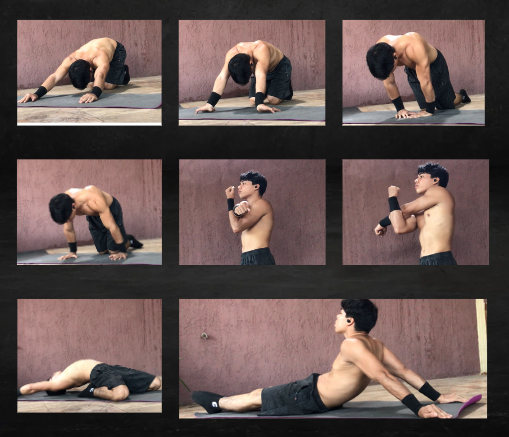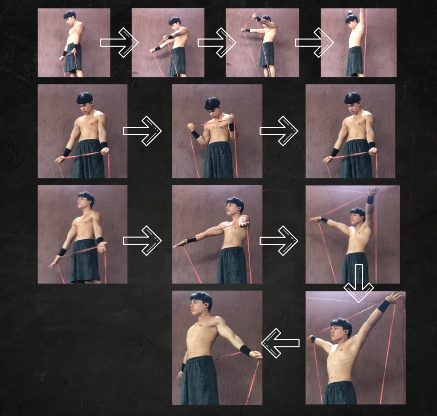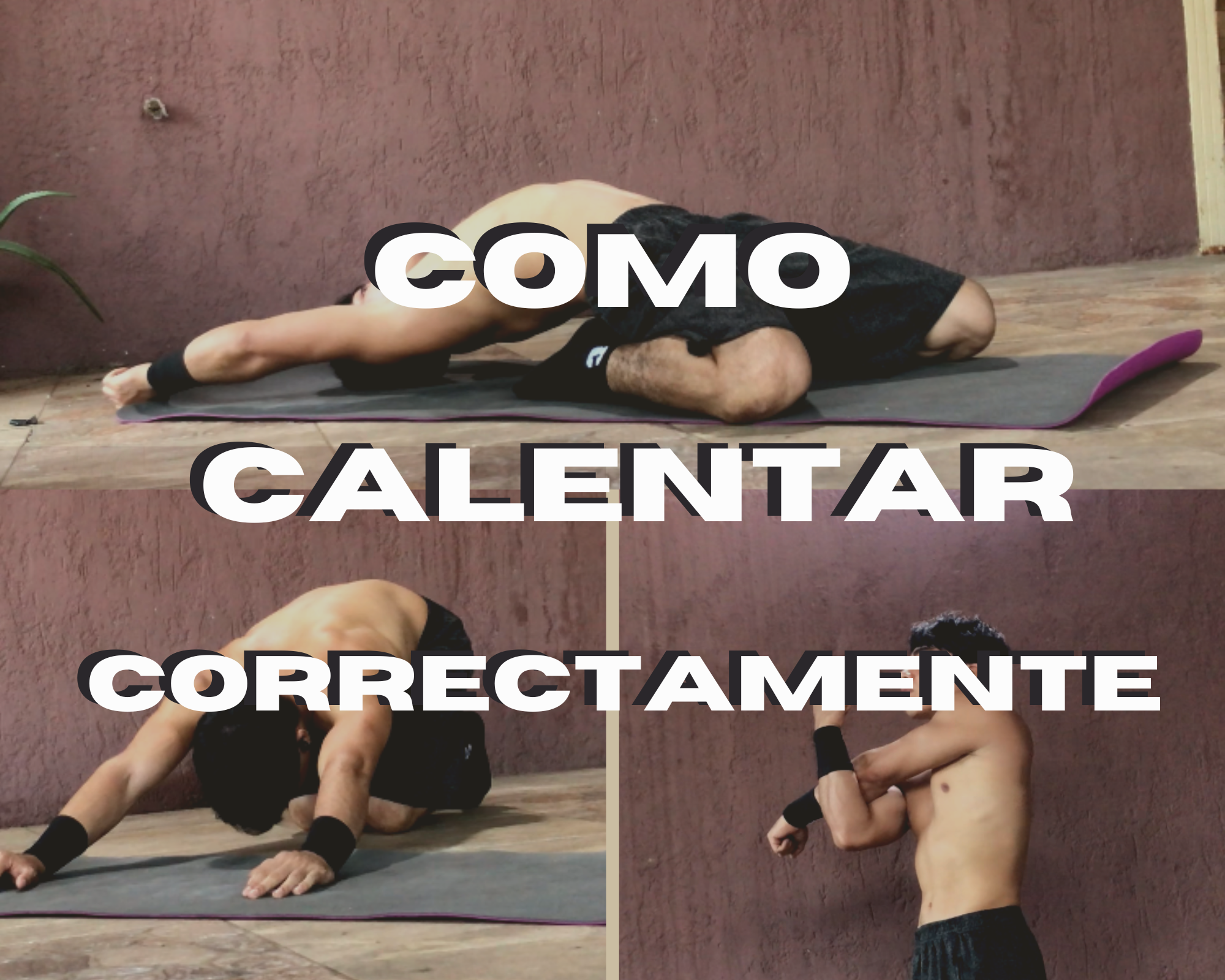Greetings friends of the
SWC, I am Renji, and in this publication I will show you how to warm up properly to make optimal progress and avoid injuries.
El calentamiento aumenta la temperatura de tu cuerpo, mejora la flexibilidad y aumenta el flujo sanguíneo, lo que ayuda a prevenir las lesiones musculares. Si no calientas o calientas mal antes de un entrenamiento intenso, tus músculos pueden estar fríos y menos preparados para el entrenamiento, lo que aumenta el riesgo de tirones, desgarros o distensiones musculares.
Warming up raises your body temperature, improves flexibility and increases blood flow, which helps prevent muscle injuries. If you don't warm up or warm up poorly before an intense workout, your muscles may be cold and less prepared for the workout, increasing the risk of muscle pulls, tears or strains.
El calentamiento se divide en cuatro partes, las cuales son:
The warm-up is divided into four parts, which are:
1: Calentamiento general (subir tu temperatura)
El primer paso seria saltar la cuerda, durante 1 o 2 minutos. Saltar la cuerda eleva la frecuencia cardíaca y la respiración, lo que promueve el flujo sanguíneo hacia los músculos, proporcionándoles más oxígeno y nutrientes. Esto ayuda a calentar los músculos y aumentar su flexibilidad, lo que facilita la realización de ejercicios.
1: General warm-up (raising your temperature)
The first step would be to jump rope, for 1-2 minutes. Jumping rope raises your heart rate and breathing, which promotes blood flow to the muscles, providing them with more oxygen and nutrients. This helps to warm up the muscles and increase their flexibility, which makes it easier to perform exercises.
2: Estiramientos estaticos. Realizar cada estiramiento de 10 a 20 segundos.
2: Statics stretches.
Perform each stretch for 10 to 20 seconds.

3: Estiramientos dinamicos. Realizar cada estiramiento de 10 a 20 segundos.
3: Dynamic stretching. Perform each stretch for 10 to 20 seconds.

4: Calentamiento específico (30% de tu nivel, aproximación)
4: Specific warm-up (30% of your level, approximation)
Para calcular el 30% de tu fuerza, primero necesitas tener una medida de referencia para tu fuerza total en ese ejercicio. Por ejemplo, si tu límite actual es de 7 segundos en straddle, puedes usar ese tiempo como base para calcular el 30%.
To calculate 30% of your strength, you first need to have a baseline measurement for your total strength for that exercise. For example, if your current limit is 7 seconds in straddle, you can use that time as a baseline to calculate 30%.
Para determinar el 30% de tu fuerza en straddle, puedes multiplicar tu límite de tiempo (7 segundos) por 0.3 (que representa el 30% en forma decimal):
30% de tu fuerza en straddle = 7 segundos * 0.3 = 2.1 segundos
Asi que lo ideal seria hacer 3 series de 2 seg de straddle.
TTo determine 30% of your straddle strength, you can multiply your time limit (7 seconds) by 0.3 (which represents 30% in decimal form):
30% of your straddle strength = 7 seconds * 0.3 = 2.1 seconds.
So ideally you should do 3 sets of 2 sec straddle.
| Créditos | Credits |
|---|
| Cámara | Camera |
| Mi persona | My person |
| Herramientas de edición y Producción | Editing and Production Tools |
|---|
| Traductor: DeepL | Translator: DeepL |
| Dispositivos: Iphone 8 | Devices: Iphone 8 |
Nos vemos en una próxima publicación, gracias por tu visita a mi blog!
See you in a future post, thanks for your visit to my blog!
| ¿Quieres saber más de mí? |
|---|
| Want to know more about me? |
INSTAGRAM |
 |




Muy buen post bro! Siempre hay que tomar en cuenta un buen calentamiento 💪🏽
Saludos @renji-workout
Greetings @renji-workout
Congratulations @renji-workout! You have completed the following achievement on the Hive blockchain And have been rewarded with New badge(s)
Your next target is to reach 50 replies.
You can view your badges on your board and compare yourself to others in the Ranking
If you no longer want to receive notifications, reply to this comment with the word
STOPCheck out our last posts:
Siempre caliento con diferentes movimientos, pero principalmente con handstand.